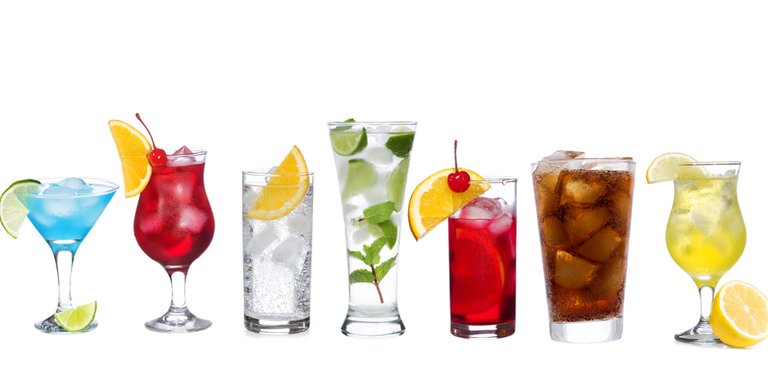The Sweet & Sour Balance
Cocktails have been part of our culture for multiple decades now. The origin of every single drink remains very vague though. Today I will share some insight in the Sweet & Sour Balance which is a cornerstone in basic mixology. Whether you are a seasoned bartender looking to sharpen his skills or a regular housewife foodie, this is some key information that will help you create better drinks.

There you have it, I even bolded the word: "create". Mixology is all about creating, not about reproducing. As I mentioned all the way at the beginning, classic cocktail recipes are not set in stone and any self-proclaimed connoisseur can add his or her cocktail to some website and give it whatever name s/he so desires. This has caused confusion more so than clarity. Which is why I won't bother explaining what a Cosmopolitan is and how it is made. You can choose to follow the "IBA" recipe (International Bartenders Association) or another recipe picked up from one of the many websites out there. Or you can give it your own swing, and still call it a Cosmopolitan..
I will however talk about a very important principle in mixology: Balance
Some of the most popular cocktails in the world are the Mojito, the Long Island Iced Tea, the Mai Tai, the Caipirinha, etc. Whilest significantly different in taste, they all share one similarity: One Sweet part and one Sour part. The sweetness is usually obtained by using sugar or a variant of it. Regular grain sugar, syrups and sweet liqueurs for example. The sour part comes most often from Lemons or Limes. But other ingredients can be used as well, such as certain apple liqueurs or cranberry juice, which carry a certain sourness, different from those of citrus fruits.

The ratio of Sweet to Sour is not set in stone. We will often prefer a bit more Sour to Sweet in our drinks. Sour components in a cocktail give a drink that crucial 'freshness'. Some sweetness however is mandatory to suppress the 'sting' in the throat that lemon- and lime juice gives us. If you are going for a Sweet/Sour creation, it is advised to atleast use 1 part Sweet to a maximum of 3 parts Sour. In between there is room for experimentation and it will all depend on what kind of liquors you are using in your drink.
Some examples:
- Gin Fizz: 1 Sweet part to 3 Sour parts
- Daiquiri: 1 Sweet part to 1.66 Sour parts
- Whiskey Sour: 1 Sweet part to 2 Sour parts
--> The reason these classic recipes work is because they respect the Sweet & Sour Balance.
Now using this basic principle it's very easy to come up with new mixes. Take your favorite alcohol, whether that is Vodka, Gin, Whiskey or something different like Amaretto or Aperol. Add 1 Sweet part and between 1.5 and 3 parts Sour and you're bound to come up with a succesful concoction. It always works.
It can be also be used in reverse. Say you are struggling with a certain new idea. Add some Lemon Juice, add some Sugar and lo and behold: your drink is now drinkable. So now that you've read all this, what are you waiting for? Go invent a drink, and make sure to be creative and original!
To end with: a very simple recipe of a cocktail I started making a lot in the summer of 2015 and which gained quite some popularity. The best stuff is usually the easiest to make. The Aperol Sour.
- 4.5 cl Aperol
- 3 cl Lemon Juice
- 1.5 cl Sugar Syrup

Got some questions or wish me to elaborate a certain aspect of mixology? Make sure to let me know in the comments! For some photos of molecular creations I made, I refer you to the bottom of my introduction post: https://steemit.com/introduceyourself/@zyntra/o-hai-steemit-molecular-mixologist-and-snowboard-instructor-just-checked-in
Thanks for reading!